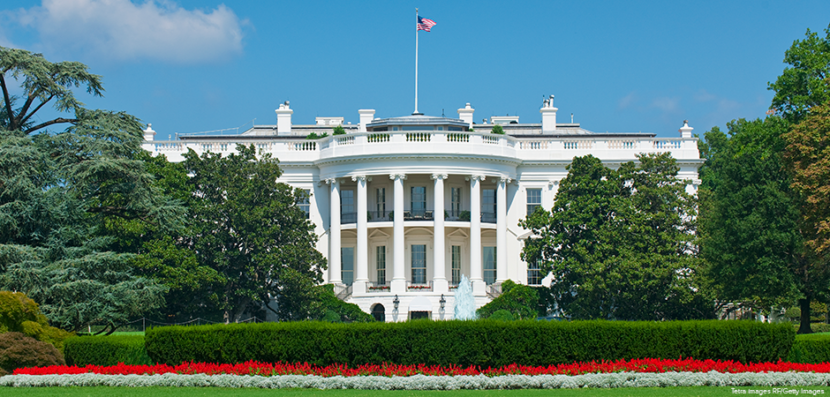President Biden’s First Year
President Biden took office a year ago last week. Since then, the Biden administration has achieved some successes and experienced several challenges. Here, Election Central takes a closer look at some of Biden’s key domestic policy efforts in his first year in the White House.
Successes in Domestic Policy
Perhaps the most immediate crisis that the president faced upon taking office was COVID-19. During his first year, the federal government began making coronavirus vaccines widely available. 534 million doses have been delivered, and 209 million Americans, or 64 percent of the total population, are fully vaccinated. As a result, most schools are operating in-person, and there have not been any more large-scale shutdowns.
The Biden administration has also tried to remedy the economic crisis that resulted from the global shutdown. The president and Congress worked together to pass a $1.9 trillion economic recovery bill that put much-needed money directly into the hands of American households. Since then, six million more Americans have joined the workforce, and the country’s gross domestic product (or total output) has grown by six percent. Applications to start new small businesses also are up thirty percent.
In the wake of the Black Lives Matter protests of the previous summer, President Biden sought to change the government to better reflect the nation’s diversity. Since his inauguration, Biden has appointed more African American women to federal judgeships than any other president in history. He has also increased the diversity of the presidential Cabinet.
Challenges at Home
While Biden began his presidency with a lot of ambitious plans, implementing them has not been easy. Democrats control the House of Representatives, but only by a very small margin. The Senate is divided between fifty Republicans, 48 Democrats, and 2 Independents. This means that Biden doesn’t always have the support he needs to make his promises a reality. One example of this is Biden’s Build Back Better infrastructure plan. Originally, Biden asked for $3.5 trillion for domestic improvements. But political opposition in Congress forced him to cut the amount in half, to about $1.7 trillion. Even with these cuts, Biden has been unable to get the bill passed.
Another example is Democrats’ attempt to pass two bills which would expand voting rights. Conservatives have used their right to filibuster to prevent a vote from taking place. Democrats do not have enough votes to pass a cloture rule that would end the delay. Meanwhile, the conservative Supreme Court has blocked Biden’s immigration initiatives and his mandate for large businesses to require employees to receive the COVID-19 vaccine.
At the same time, Biden continues to face ongoing long-term challenges. The omicron variant of COVID-19 is still causing thousands of American deaths every day. And a recent rise in inflation as well as COVID-affected economic problems around the world means that families are now spending more for essentials such as gas, food, and medicine.



